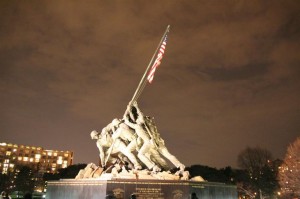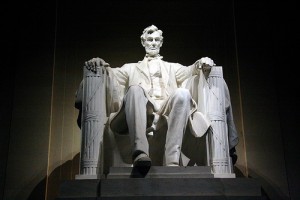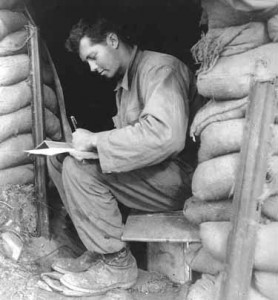The three topics in the history of the District of Columbia that interest me include the development of monuments and memorials, the effect the Civil War had on Washington D.C., and the history of the various types of protests and/or political movements in Washington D.C. The history of the development of monuments and memorials is important to me because each and everyone one of them signify an important part of our American history. They tell us a story of how our country has shaped and took form as well as the sacrifices our service members have made, which is a part of history that every American should know. I would like to learn how they decided for whom to dedicate a monument or memorial as well as who was chosen to design them. The initial steps I would take to learn more about the development of the monuments and memorials is to locate and identify preferably primary sources that list all the different monuments and memorials in D.C. This would allow me to identify the very first recorded monument or memorial in Washington D.C. and move forward from there.
The effect of the Civil War on Washington D.C. is particularly interesting to me because it played a pivotal role in preventing the Confederates from entering the North with its heavy fortification and occupation of the Union Army. I would like to research and learn an array of information such as, but not limiting to the division of the population, to which civilians affiliated themselves with a particular side, the increase or decrease in population, the city before and after, and the war efforts that went on in the city to support the Union and/or Confederates. The initial steps I would take to begin my research would start with the exploration of primary resources such as newspaper articles discussing the war that might provide a sense of the environment of Washington D.C. at the time.
The history of protests and/or political movements in Washington D.C. is particularly interesting to me because there have been so many for various reasons and purposes. This would provide a great insight to the events in the past that people in America were oppose to or wanted to bring a change. I think it would be interesting to learn what these various groups were trying to achieve and if they were successful or unsuccessful. I would like to also learn if they were peaceful or violent and if they were violent then how violent were they. Also, I would like to learn if one protest in the city inspired another protest in a different part of the city. The initial steps I would take to begin my research is would begin with trying to find a primary source with the information regarding the first protest in D.C. I think I would begin with newspaper articles searching for protests dating back as far as it will allow me then once I have found a specific protest I would search the Library of Congress for that event.



